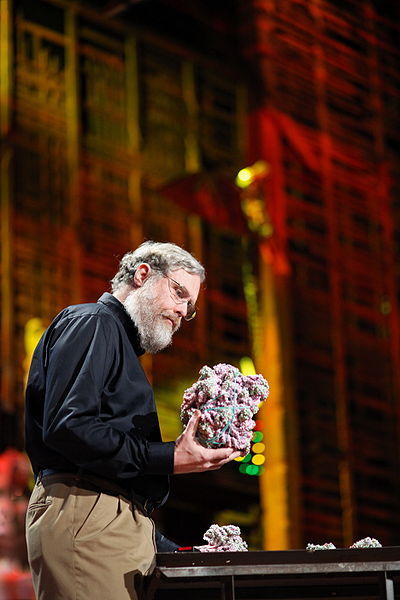Can Neanderthals be brought back from the dead?
January 22, 2013

George Church (credit: Steve Jurvetson/Wikimedia Commons)
In a SPIEGEL interview, synthetic biology expert and Harvard University professor of genetics George Church explains how DNA will become the building material of the future — one that can help create virus-resistant human beings and possibly bring back lost species like the Neanderthal.
In his new book, “Regenesis: How Synthetic Biology Will Reinvent Nature and Ourselves,” which he has also encoded as strands of DNA and distributed on small DNA chips, Church sketches out a story of a second, man-made Creation.
SPIEGEL:Mr. Church, you predict that it will soon be possible to clone Neanderthals. What do you mean by “soon”? Will you witness the birth of a Neanderthal baby in your lifetime?
Church: That depends on a hell of a lot of things, but I think so. The reason I would consider it a possibility is that a bunch of technologies are developing faster than ever before.
In particular, reading and writing DNA is now about a million times faster than seven or eight years ago. Another technology that the de-extinction of a Neanderthal would require is human cloning. We can clone all kinds of mammals, so it’s very likely that we could clone a human. Why shouldn’t we be able to do so?
(More)
UPDATE Jan. 23:
Harvard professor blasts Neanderthal clone baby rumor on Web
“Wanted: ‘Adventurous woman’ to give birth to Neanderthal man — Harvard professor seeks mother for cloned cave baby,” Britain’s Daily Mail exulted. “Entirely untrue,” said Church. He blames a mistake in an article he says was written off a mistranslated interview in Der Spiegel.